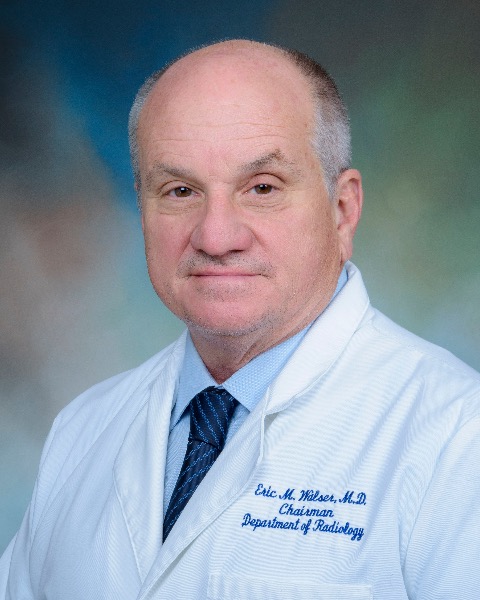SIR 2025
Men's Health
Scientific Session
Featured Abstract
MRI-directed Ultrasound-guided Transperineal Focal Laser Ablation (TPLA) for Prostate Cancer: one year follow-up of 158 patients

Eric M. Walser, MD, FACR (he/him/his)
Professor and Chairman of Radiology
UTMB, United States- KD
Katelijne De Bie, MD
Department of Urology
Vrije Universiteit, Amsterdam, Netherlands - FC
Francois Cornud, MD
Department of Radiology
Clinique de l'Alma, France - LV
LAMJG Van Riel, MD
Department of Urology
Vrije Universite it Amsterdam, Netherlands - SR
S Regusci, MD
Radiologist
Swiss International Prostate Center, Switzerland - MM
M Martins Favre, MD
Radiologist
Swiss International Prostate Center, Switzerland - MG
M Galiano, MD
urologist
Clinique de l'Alma, France - JO
JR Oddens, MD
urologist
Vrije Universiteit Amsterdam, Netherlands
Presenting Author(s)
Author/Co-author(s)
Materials and Methods:
This study is based on a registry of patients treated with TPLA for localised PCa at three clinics in Europe and the USA. Included patients were treated between 2018 and 2023, and were followed-up for a minimum of one year. The EchoLaser system, operating at 1064 nm, was used in single or multi-fibre mode for PI-RADS ≥ 3 lesions under ultrasound (US) guidance. Before treatment, MRI-delineated target volumes were fused with US imaging. Follow-up included PSA every six months, MRI scans at six or twelve months, and biopsies as indicated (PSA rise and/or MRI lesions) in two clinics, or standard biopsies at 12 months in the third clinic.
Results:
A total of 158 patients received TPLA on 170 PI-RADS ≥3 lesions. The median age was 69 years (IQR 62-73), initial PSA level was 7.5 ng/mL (IQR 5.0-10), prostate volume was 40 cc (IQR 30-60), and tumour diameter was 12 mm (IQR 10-15 mm). Among these patients, 44/158 (28%) had ISUP 1, 79 (50%) ISUP 2, 23 (14.6%) ISUP 3, and 7 (4.4%) ISUP 4 disease. Between one to four fibers were used per patient in one or two treatment cycles, with a median treatment time of 15 minutes (IQR 11-15) and a median energy delivery of 3827 Joules (IQR 2400-7208).
At the 6-month follow-up, PSA levels decreased from a median of 7.5 ng/mL (IQR 5.0-10) to 3.3 ng/mL (IQR 1.9-6.6) (p< 0.001). There were no significant changes in erectile function (IIEF) or urinary symptoms (IPSS) at 12 months compared to baseline. Post-FLA, one patient experienced a Clavien-Dindo (CD) Grade 3 complication (a recto-prostatic fistula requiring surgery). CD Grade 1 complications occurred in 32/158 patients (19%) and CD Grade 2 complications in 13/158 patients (8%).
At 12 months, PSA levels increased compared to the 6-month mark (median 4.5 ng/mL (IQR 2.5-14) vs. 3.3 ng/mL (IQR 1.9-6.6), p< 0.001). MRI scans were performed in 134 patients, with 40/134 (30%) showing positive MRI lesions in the treated area. Biopsies were conducted on 82 patients (including all MRI-positive patients), and 42/82 (51%) had positive biopsies, confirming in-field recurrence. Therefore, initial TPLA treatment was successful in 116/158 (74%) of patients.
Conclusion:
At the one-year follow-up, nearly three-quarters of patients remained recurrence-free after TPLA for localised PCa. The therapy was safe and did not affect erectile function or urinary symptoms.


.jpg)